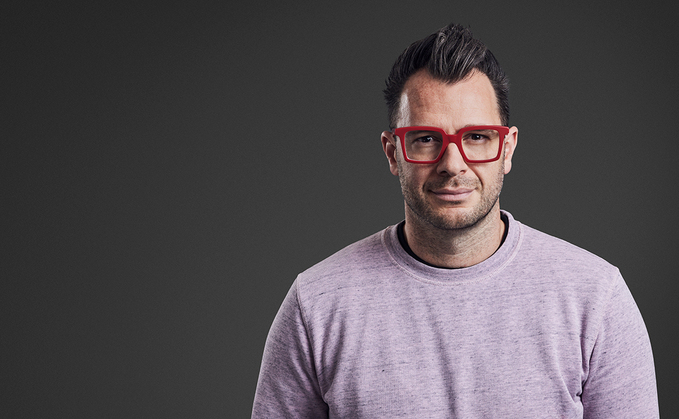
Technology allowed Collidr to adapt its investment strategies when coronavirus hit, benefiting clients
Volatility has certain characteristics that means it can be forecast. Recognising the nature of volatility and how it changes allows for portfolios to be rebuilt, re-optimised and ready for implementation ahead of time.
Collidr's Adaptive Risk Exposure System (ARES) can understand the volatility regimes of over 200 asset classes, according to Symon Stickney, founder of Collidr.
"We combine these assets into groups that allow us to detect changes of regime," he says.
"Those changes can be a move from a high-volatility regime, for example, which can often be quite destructive for traditional asset classes such as equities, bonds and commodities, through into medium-volatility and onto low-volatility environments, which tend to be quite positive for growth assets"
When coronavirus first hit in 2020, Collidr's system alerted the team to a regime shift, which enabled them to implement the appropriate investment strategies for that new regime and navigate this period of market turbulence.
"Having this type of adaptive framework allows you to confidently move between states and increase the probability of success," says Stickney.
Used well, this type of technology can create small, incremental advantages that add up to strong performance over the long-term.
This post is sponsored by Collidr











